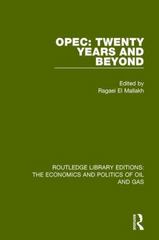Answered step by step
Verified Expert Solution
Question
1 Approved Answer
4. (Full Ricardian Model: Advanced (30 points)) Return to the setup for Problem 1. You do not need to re-derive the PPFs for the U.S.

Step by Step Solution
There are 3 Steps involved in it
Step: 1

Get Instant Access to Expert-Tailored Solutions
See step-by-step solutions with expert insights and AI powered tools for academic success
Step: 2

Step: 3

Ace Your Homework with AI
Get the answers you need in no time with our AI-driven, step-by-step assistance
Get Started


